More tobacco-free action needed, say advocates
NORWICH – Tobacco-free advocates are encouraging Chenango County to play a larger role in curbing what the state health department says is a high rate of smoking here.
Banning tobacco advertising displays in local retail stores, requiring that products be covered or below the counter and prohibiting retailers from selling them within 1,000 feet of schools are just some of the options counties and even municipalities can take.
Lengthy discussions at meetings of the Buildings and Grounds Committee this past May led to a narrowly-adopted ban on lighting up during large events in the City of Norwich’s East and West Parks. But the action taken wasn’t far enough, and even “redundant,” Tobacco Free Chenango Coordinator James Mutabiilwa told members of the Health and Human Services Committee on Tuesday.
“Festivals such as Colorscape and Pumpkin Fest are already designated tobacco-free,” he said.
Posting no-smoking signs in the parks and then taking them back down, accordingly, constitutes a wasted effort for Mutabiilwa’s office. Most of the large employers in the county have adopted tobacco-free policies, and the county should follow suit, he said. The Tobacco-Free New York coordinator for Chenango County said his office receives five to seven complaint calls per week once summertime events in the parks start up. Three complaints were lodged on Monday after Sunday’s musical performances in East Park.

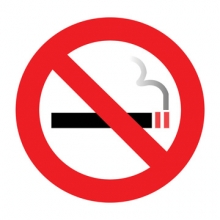

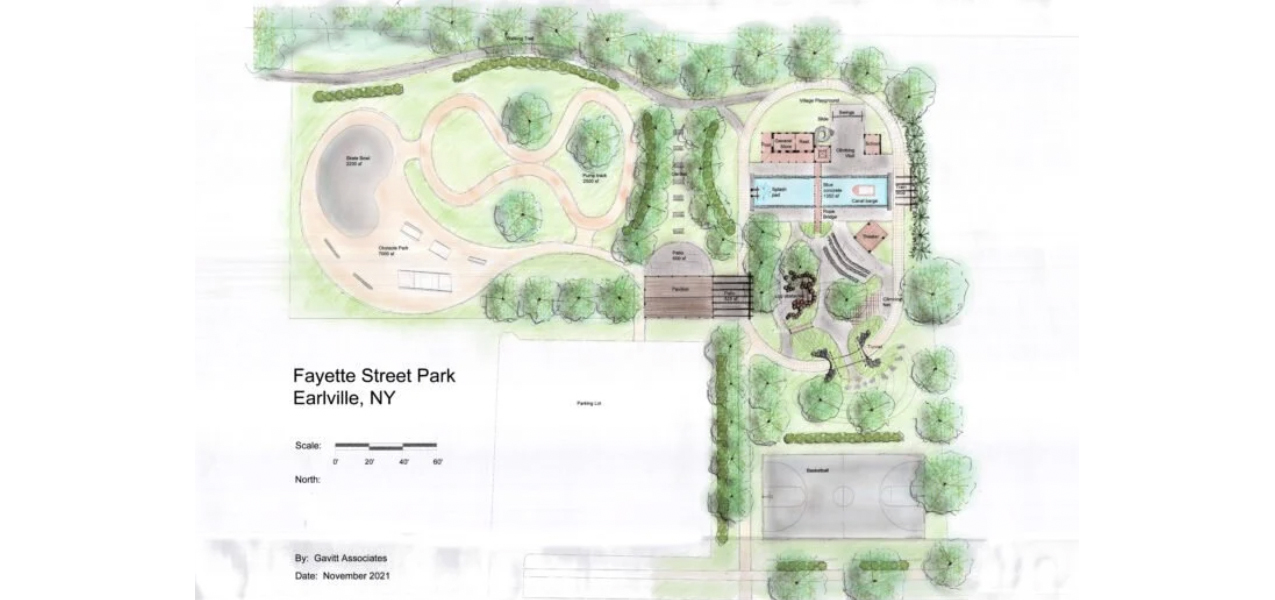
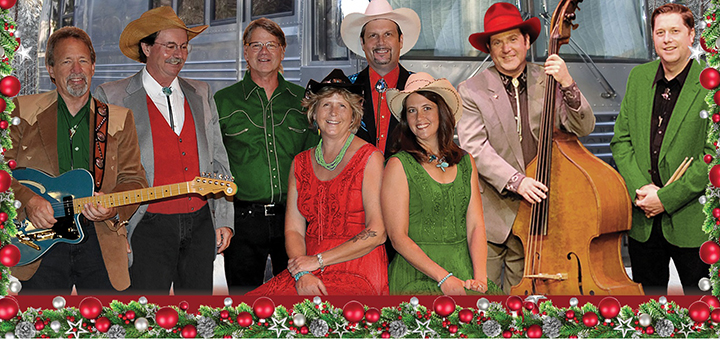

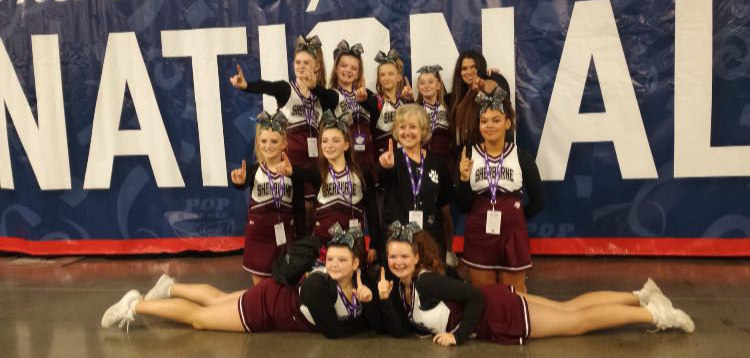
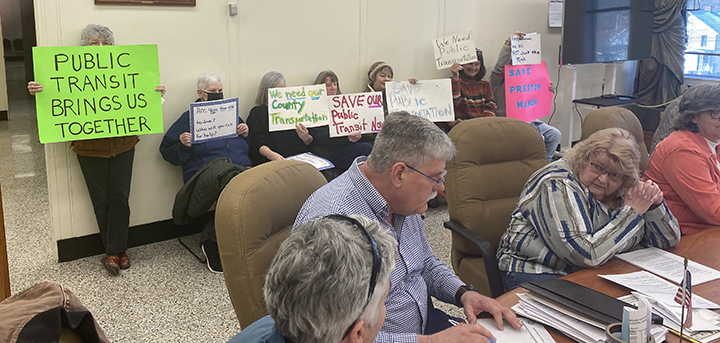



Comments